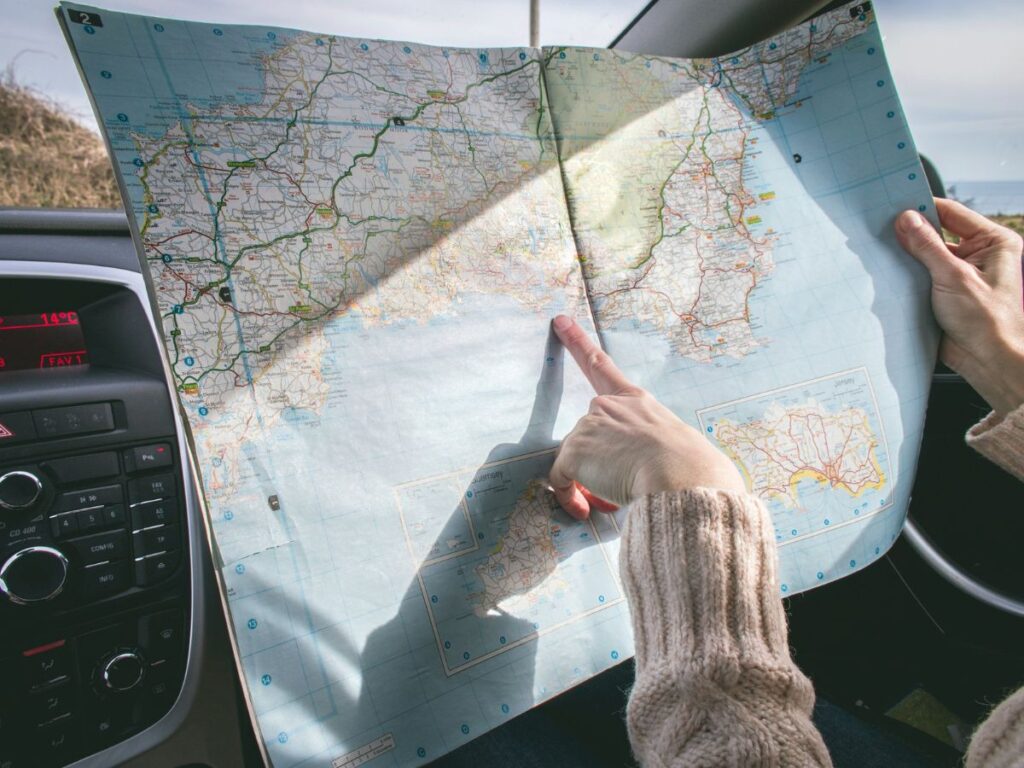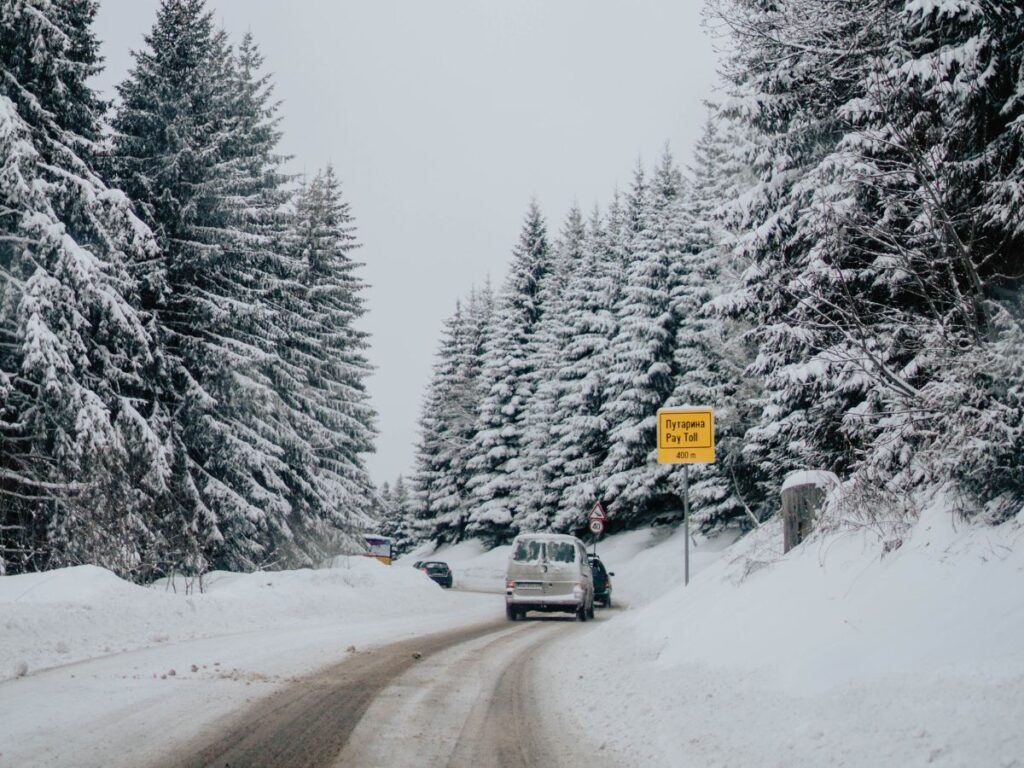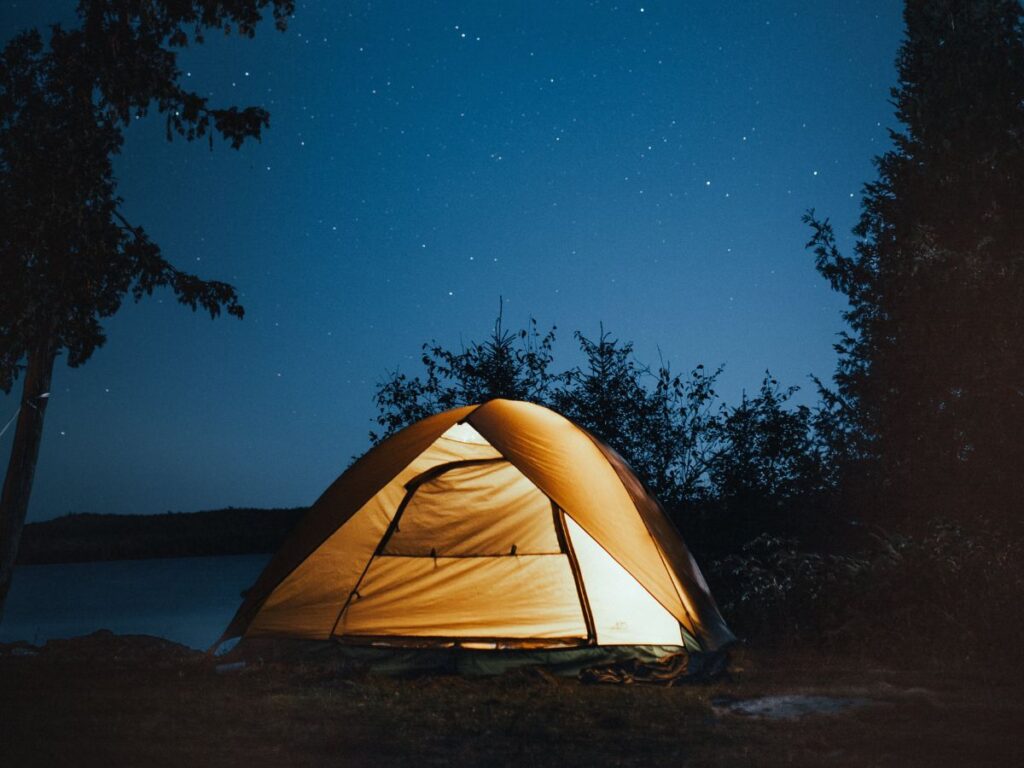Nestled in the heart of California, both Sequoia and Yosemite National Parks are premier destinations for nature enthusiasts, drawing millions of visitors every year. Sequoia National Park, established in 1890, is renowned for its magnificent giant sequoia trees, including the famed General Sherman, the largest tree on earth by volume. Just a stone’s throw away is Yosemite National Park, also established in 1890, which boasts awe-inspiring granite cliffs, cascading waterfalls, and a diverse range of flora and fauna. These two parks together encapsulate the natural beauty and grandeur of the Sierra Nevada Mountains, making a trip from Sequoia to Yosemite an absolute must for those looking to immerse themselves in some of the most breathtaking landscapes the US has to offer.
The Distance and Duration
Traveling from Sequoia National Park to Yosemite National Park is an adventure in itself. The two parks are approximately 160 miles apart. Depending on the chosen route and current road conditions, the drive typically takes about 4 to 6 hours. It’s crucial to note that these estimates can vary based on factors such as the season, specific starting and ending points within each park, and the speed at which you’re comfortable driving, given the mountainous terrains. Always consider checking current road conditions and possible seasonal closures when planning your trip.

Best Routes to Take
Traveling between Sequoia and Yosemite National Parks is not just about reaching the destination – the journey itself is a significant part of the experience. Here’s a breakdown of the different routes you can consider:
Most Scenic Route
Route via CA-180 W and CA-41 N: This route offers travelers the chance to drive through the heart of the Sierra Nevada range, offering stunning views of the mountains, forests, and valleys. Taking CA-180 W out of Sequoia will lead you to Fresno, after which you can take CA-41 N directly into the southern entrance of Yosemite. This route is especially scenic during the fall when the leaves change color.
Quickest Route
Route via CA-99 N: If time is of the essence, consider driving through CA-99 N. While not as scenic as the CA-180 W route, this highway is well-maintained and offers quicker transit times. After reaching Fresno via CA-99 N, you can take CA-41 N to enter Yosemite.
Alternative Routes
Route via CA-198 W and CA-140 E: This alternative takes you on a detour through the charming towns of Visalia and Merced. Along the way, travelers can take a break and explore local attractions, eateries, and historical spots. Once in Merced, CA-140 E leads directly into Yosemite’s Arch Rock entrance.

Best Time to Travel
The journey between Sequoia and Yosemite National Parks can be remarkably different depending on the time of year. Spring (April to June) is a favored time as waterfalls in Yosemite are at their peak flow and wildflowers bloom across both parks. Fall (September to early November) offers crisp air, fewer crowds, and vibrant foliage, making it another preferred season.
Winter (December to February) brings snow, rendering some roads impassable or necessitating tire chains. This season can offer serene snow-covered landscapes, but travelers should be prepared for winter driving conditions. Summer (July to August) is the busiest season, offering warm weather and full access to all areas of the parks, but also draws larger crowds and can be quite hot, especially in the lower elevations of Sequoia.
Attractions Along the Way
The journey between Sequoia and Yosemite National Parks is lined with a plethora of attractions that can turn your trip into a memorable adventure. Here’s a breakdown of what awaits:
Natural Attractions
- Kings River: A picturesque river, perfect for quick photo stops or even some fishing.
- Sierra National Forest: Spanning over a million acres, this forest offers breathtaking views, diverse wildlife, and serene lakes.
- Bass Lake: A popular spot for boating, fishing, and picnicking, with beautiful surrounding views.
Historical Attractions
- Fresno’s Forestiere Underground Gardens: A series of underground rooms, courtyards, and passageways reminiscent of ancient catacombs.
- Merced Courthouse Museum: A stately structure dating back to the 19th century, offering insights into the region’s history.
Recreational Stops
- Millerton Lake State Recreation Area: Ideal for boating, fishing, and picnicking with facilities readily available.
- Lost Lake Recreation Area: A peaceful spot to take a break, offering bird watching opportunities and picnic spots.
- Various Rest Areas: Throughout the route, well-maintained rest areas are available for travelers to stretch, grab a snack, or simply relax for a while.

Travel Tips
Journeying through the captivating landscapes of California requires a bit of prep and planning. Here are some pointers to ensure your trip is smooth and enjoyable:
- Given the varying elevations and temperatures, pack layers — t-shirts, sweaters, jackets, and rain gear.
- While GPS is invaluable, having a physical map can be a great backup in areas with spotty reception.
- If you intend to camp, ensure you have the necessary gear – tent, sleeping bag, cooking essentials, etc.
- Photography Equipment to capture the mesmerizing landscapes.
- Remember, you’re in their home. Keep a safe distance, store food properly, and avoid feeding animals.
- Check the weather forecast regularly. In snowy conditions, tire chains may be mandatory.
- Always carry sufficient water, especially during summer months.
Food and Lodging
- Fresno: As one of the major cities along the route, Fresno offers a plethora of dining options catering to various cuisines and budgets.
- Oakhurst: Located near the southern entrance of Yosemite, it’s a popular spot to stay, offering various lodges, inns, and eateries.
- Camping: Both national parks and surrounding forest areas have campgrounds. Reservations are highly recommended, especially during peak seasons.
Yosemite National Park Highlights
Yosemite National Park, with its sprawling 1,187 square miles of pristine wilderness, is a jewel of the American National Parks system. From its iconic granite cliffs to its misty waterfalls, the park offers a variety of attractions and activities for every visitor.
Must-visit Areas within Yosemite
- El Capitan: This imposing granite monolith is a favorite for rock climbers and is easily visible from numerous points in the park.
- Half Dome: Another iconic granite formation, it offers challenging hikes and unparalleled views from its summit.
- Yosemite Falls: As North America’s tallest waterfall, it’s an awe-inspiring sight, especially during spring runoff.
- Mariposa Grove of Giant Sequoias: Home to over 500 mature giant sequoias, this grove is a testament to nature’s grandeur.
- Tunnel View: One of the most photographed vistas in the world, this viewpoint offers a panoramic sight of Yosemite Valley, framed by El Capitan, Bridalveil Fall, and the back of Half Dome.
Activities in Yosemite
- Hiking: With over 800 miles of trails, ranging from easy walks to challenging multi-day hikes, there’s something for everyone.
- Rock Climbing: World-famous for its climbing routes, both novice and experts flock to the park for its challenges.
- Photography: Capturing the natural beauty of Yosemite, from its landscapes to its wildlife, is a favorite activity.
- Camping: Numerous campgrounds within the park offer a direct experience of the wilderness.
- Star Gazing: Far from city lights, Yosemite offers breathtaking views of the night sky, especially from Glacier Point.

Best Views in Yosemite
- Glacier Point: Offering a bird’s-eye view of Yosemite Valley, it’s especially beautiful at sunset.
- Taft Point: Known for its fissures, it provides dramatic views of the valley below, with El Capitan and Yosemite Falls in the distance.
- Olmsted Point: This viewpoint provides a unique angle on Half Dome and looks down into Tenaya Canyon. Early mornings or late afternoons are ideal times to visit.
Key Takeaways
- The route between Sequoia and Yosemite National Parks is as much about the journey as the destination, with options for scenic, quick, and alternative routes.
- The best times to travel between the parks are during the spring and fall, considering both the weather and scenic beauty, with winter requiring extra precautions.
- Along the way, travelers can enjoy natural spots like Kings River and Sierra National Forest, historical landmarks in Fresno and Merced, and recreational areas like Millerton Lake.
- Packing appropriately for variable weather, staying aware of wildlife, and considering food and lodging options like Fresno and Oakhurst are crucial for a seamless journey.
- Once at Yosemite National Park, must-visit spots include El Capitan, Half Dome, and Yosemite Falls, with activities ranging from hiking and rock climbing to stargazing.
- For those seeking the best views, locations like Glacier Point, Taft Point, and Olmsted Point are unmatched, especially during specific times of the day.
- Both the journey and the destination offer a holistic experience of California’s natural beauty, history, and outdoor activities.
FAQs
- How long does it take to drive from Sequoia to Yosemite?
The drive typically takes about 4 to 6 hours, depending on the route and road conditions. - Are there alternative routes between Sequoia and Yosemite?
Yes, alternative routes include CA-198 W and CA-140 E through charming towns like Visalia and Merced. - Can I find lodging and food easily along the route?
Fresno and Oakhurst offer various dining and lodging options, with more available within the parks and surrounding areas. - Is there a best route for quick travel between the parks?
The quickest route is typically via CA-99 N, connecting through Fresno to Yosemite. - What are some historical attractions along the way?
The Forestiere Underground Gardens in Fresno and the Merced Courthouse Museum are interesting historical sites. - Are there any recommended recreational stops between Sequoia and Yosemite?
Millerton Lake State Recreation Area and Lost Lake Recreation Area are great for a break and some recreation. - What wildlife might I see in Sequoia and Yosemite?
You may see deer, black bears, various birds, and more; always view wildlife from a distance and follow park guidelines. - How should I prepare for winter travel between the parks?
Check road closures, carry tire chains, and be prepared for snowy conditions with appropriate gear.
